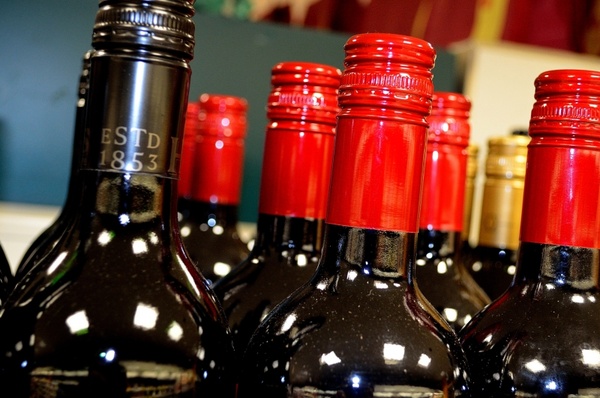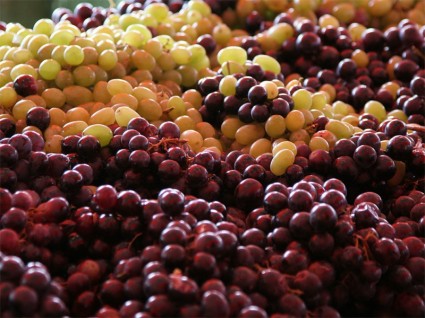
Red grapes shine in plenty of wines
If we judged wine based on what we see on the shelves at wine shops it would seem there are very few red grape varieties worth drinking. Cabernet sauvignon, merlot and pinot noir dominate the offerings in stores and on restaurant wine lists. And because of this strong presence many wine drinkers have a mistaken impression that the world’s other red grapes are inferior in quality and flavor. The good news is this simply isn’t true. There are many other red wines to explore.
Barbera is Italy’s second biggest variety but seems to get overlooked in the wine market. Because it’s a late ripener it can be very tart and astringent. But with careful harvesting it makes wines with lovely sweet plum and cherry flavors. It can be aged but the best time for drinking is when it is fresh and the most recent vintage.
Gamay is best known as the grape behind the famed Beaujolais wines of France. It can be made into a full-bodied wine but it really shines as the star of the famous Beaujolais Nouveau. Each year this wine is bottled and on retail shelves within months of production. This red wine is intended to be consumed within a year of bottling. It is truly a white-wine drinker’s bridge to trying red wines with its light taste of strawberries, raspberries and ripe cherries.
Pinotage is South Africa’s very own red variety. It’s a cross between cinsault and pinot noir. The name is misleading because most people assume it will have taste similar to pinot noir but oddly its taste is more in line with shiraz. In the past this wine was overproduced and had a bad reputation, but its image is changing. At its best it is a deeply colored red wine with layers of bold flavors of licorice, blackberry and plum.
Cabernet franc suffers from comparison to cabernet sauvignon. It generally shows up as a blending partner in Bordeaux wines. It is defined with its strong trait of perfume where even a drop added to a blend can change an entire wine’s aroma and flavors. It generally has fragrant aromas of black cherry and chocolate. Mostly seen in blends, there are a few brilliant bottles out there to explore this enticing wine.
Baga is a Portuguese grape, and its name meaning “berry” is an accurate description of this grape. It is a small thick-skinned grape that brings a tannic structure. If you like medium-bodied red wines similar to pinot noir and nebbiolo you will enjoy this wine.
THE VALUE
- 2014 Steller Organics Pinotage, South Africa (about $10 retail)
THE SPLURGE
- 2014 Louis Jadot Beaujolais, France (about $18 retail)
